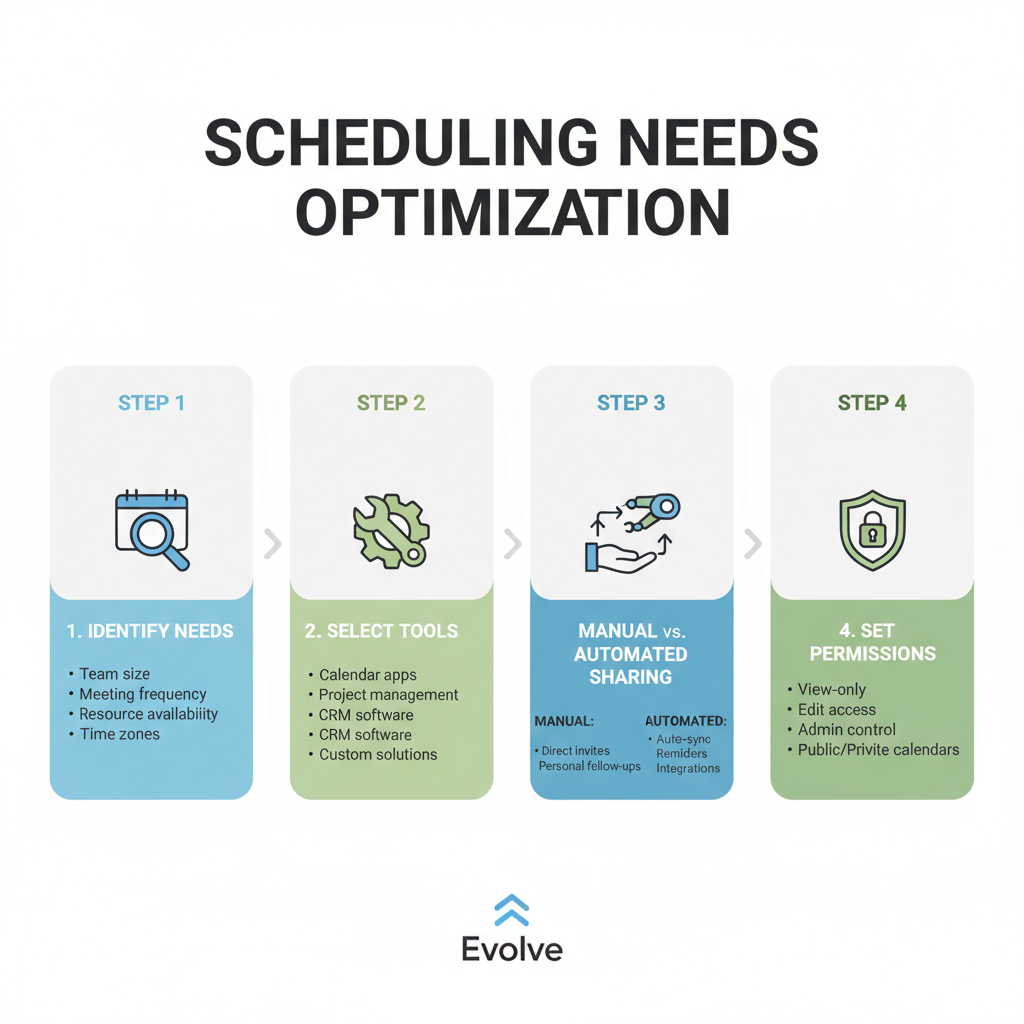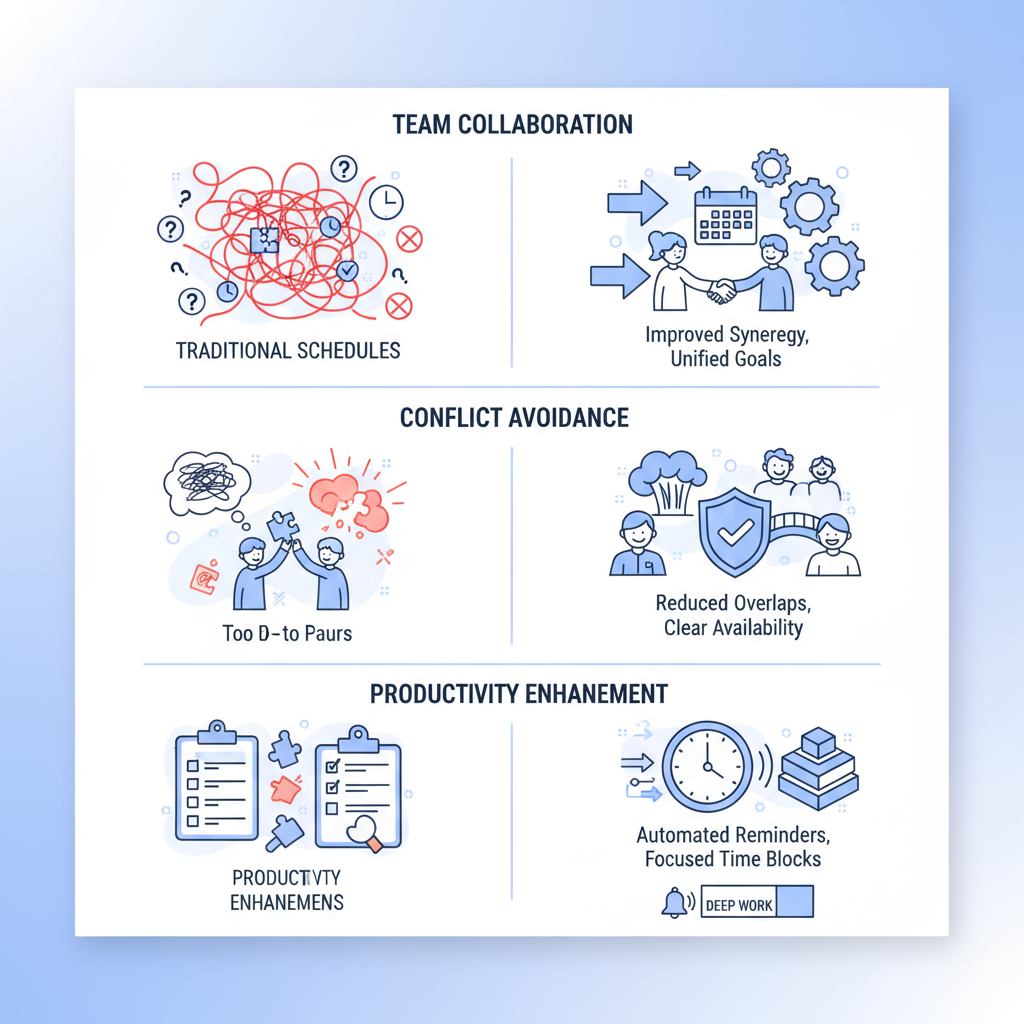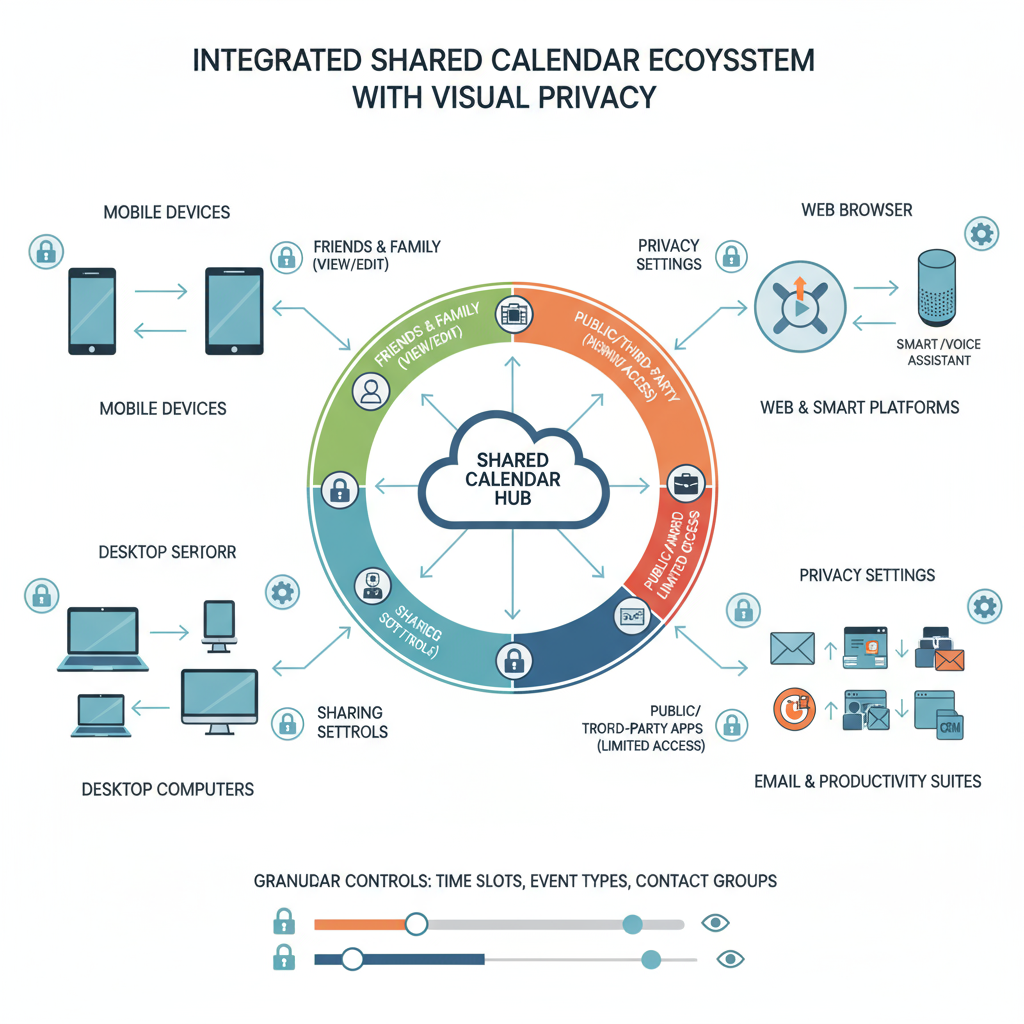How to Share Schedule and Save Time Efficiently
Learn how to share schedules effectively, choose the right tools, set permissions, and integrate calendars to save time and boost collaboration.

Introduction to Schedule Sharing and Time Management Benefits
In today’s fast-paced and interconnected world, how you manage and share schedule information directly impacts productivity, collaboration, and work-life balance. Whether you’re coordinating with a small team, managing client appointments, or keeping family events in sync, effective schedule sharing is a proven way to boost efficiency. When implemented well, it saves time, reduces stress, increases transparency, and helps everyone involved stay aligned.
By leveraging the right tools and workflows, you can share schedule 1 save hours each week that would otherwise be lost in back-and-forth communication or last-minute rescheduling.

---
Identify Your Scheduling Needs and Preferred Tools
Before you dive into schedule sharing, assess your unique requirements. Ask yourself:
- Who will need access to your schedule?
- What type of events need to be included—meetings, deadlines, personal commitments, project milestones?
- How often will your schedule change?
- Where will your schedule need to sync (phone, laptop, smart devices)?
Popular tools for different needs include:
- Google Calendar – Cloud-based integration with broad compatibility.
- Microsoft Outlook Calendar – Enterprise-level scheduling and meeting tools.
- Trello or Asana – Project management and timeline tracking.
- Apple Calendar – Seamless for Apple ecosystem users.
Clarifying your needs helps you avoid over-complication and select tools that integrate well with your existing workflow.
---
Choose Between Manual Sharing and Automated Calendar Sharing
One of the first major choices is deciding whether you’ll share schedules manually or automate the process:
- Manual Sharing – Export your calendar or send updates when needed. Best for static schedules or occasional sharing.
- Automated Sharing – Link shared calendars in real time so updates are instantly visible. Ideal for fast-changing or dynamic environments.
Your decision should be based on the volatility of your schedule and the responsiveness you require. Automation often saves considerable time and eliminates redundant communication.

---
Set Permissions and Privacy Controls for Shared Schedules
When sharing a schedule, not all information should be visible to everyone. Permissions let you control exactly what others see:
| Permission Level | What Others See | Best For |
|---|---|---|
| Full Access | All details and editing rights | Project collaborators, assistants |
| View Only | Event titles and times | Clients, general team members |
| Free/Busy Only | Block availability without details | External partners, broad organization |
Regularly review and update permissions to protect sensitive data while enabling smooth collaboration.
---
Integrate Schedule Sharing Across Devices and Platforms
Cross-platform integration keeps your schedule consistent and accessible no matter where you are. Key integration practices include:
- Syncing mobile and desktop apps so changes propagate instantly.
- Linking work and personal calendars without mixing private details.
- Using cloud services (Google, Microsoft, iCloud) for real-time accessibility.
Pro Tip: Enable offline viewing so you can check your schedule without an internet connection.
---
Tips for Collaborating with Teams Using Shared Schedules
Collaboration flourishes when all team members view and update the same schedule.
Best practices for team scheduling:
- Maintain a shared, centralized calendar for project milestones.
- Use color-coding to differentiate between event types, departments, or priorities.
- Conduct regular review meetings to coordinate upcoming tasks and deadlines.
- Promptly update availability to prevent scheduling conflicts.
Keeping your shared schedule current reduces bottlenecks and improves accountability.
---
Using Shared Schedules to Avoid Double-Booking and Conflicts
Double bookings are a common pain point in busy environments. Shared schedules help prevent them by:
- Displaying real-time availability before new bookings are made.
- Offering automated conflict detection and alerts for overlaps.
- Merging personal and professional events to avoid overlooked commitments.
Example: In Google Calendar, you can overlay multiple calendars to identify conflicts before confirming any meeting.
---
Incorporate Reminders and Time Blocks to Boost Productivity
Adding reminders and time blocks to your shared calendar enhances focus and execution. Time blocking assigns set periods for concentrated work, reducing task switching.
Effective implementation tips:
- Schedule a reminder 15–30 minutes before each meeting.
- Block “deep work” sessions during your most productive hours.
- Insert buffer times between consecutive meetings.
Example:
09:00–11:00 Deep Work (Busy)
11:00–11:15 Break (Free)
11:15–12:00 Team Standup (Busy)Reminders keep everyone prepared, while structured time blocks ensure top-priority tasks are completed without interruption.

---
Monitor Progress and Adjust for Ongoing Efficiency
Sharing a schedule is just the start—continuous evaluation is essential for sustained productivity gains.
Ways to monitor and refine:
- Compare completed vs. planned tasks in weekly reviews.
- Identify and address recurring conflicts or reschedules.
- Adjust time blocks based on actual productivity data.
- Request feedback from collaborators on usability and effectiveness.
Iterating on your process ensures your schedule-sharing strategy remains relevant and optimally efficient.
---
Conclusion: Best Practices for Time-Saving Schedule Sharing
To share schedule 1 save meaningful time and effort, remember to:
- Define your scheduling needs and choose the right tools.
- Match sharing methods—manual or automated—to your environment.
- Set permissions wisely to balance transparency and confidentiality.
- Integrate across all devices for universal accessibility.
- Use team-based calendars to eliminate booking conflicts.
- Apply reminders and time blocks for disciplined productivity.
- Continuously monitor and adapt to maintain efficiency gains.
By embracing these strategies, you can streamline coordination, minimize wasted time, and establish a productivity framework that scales with both personal and organizational needs. Effective schedule sharing is more than mere convenience—it’s a vital component of modern time management.

